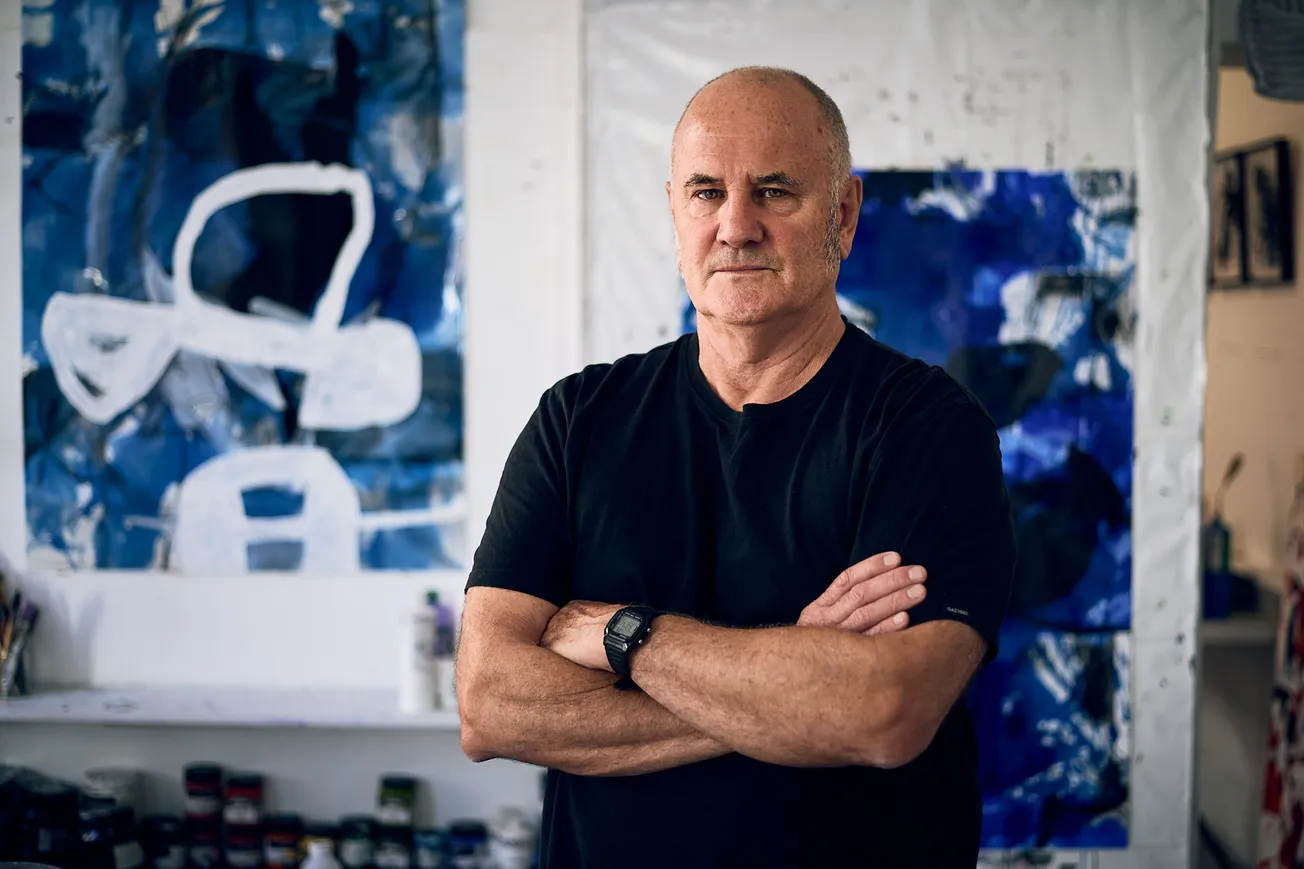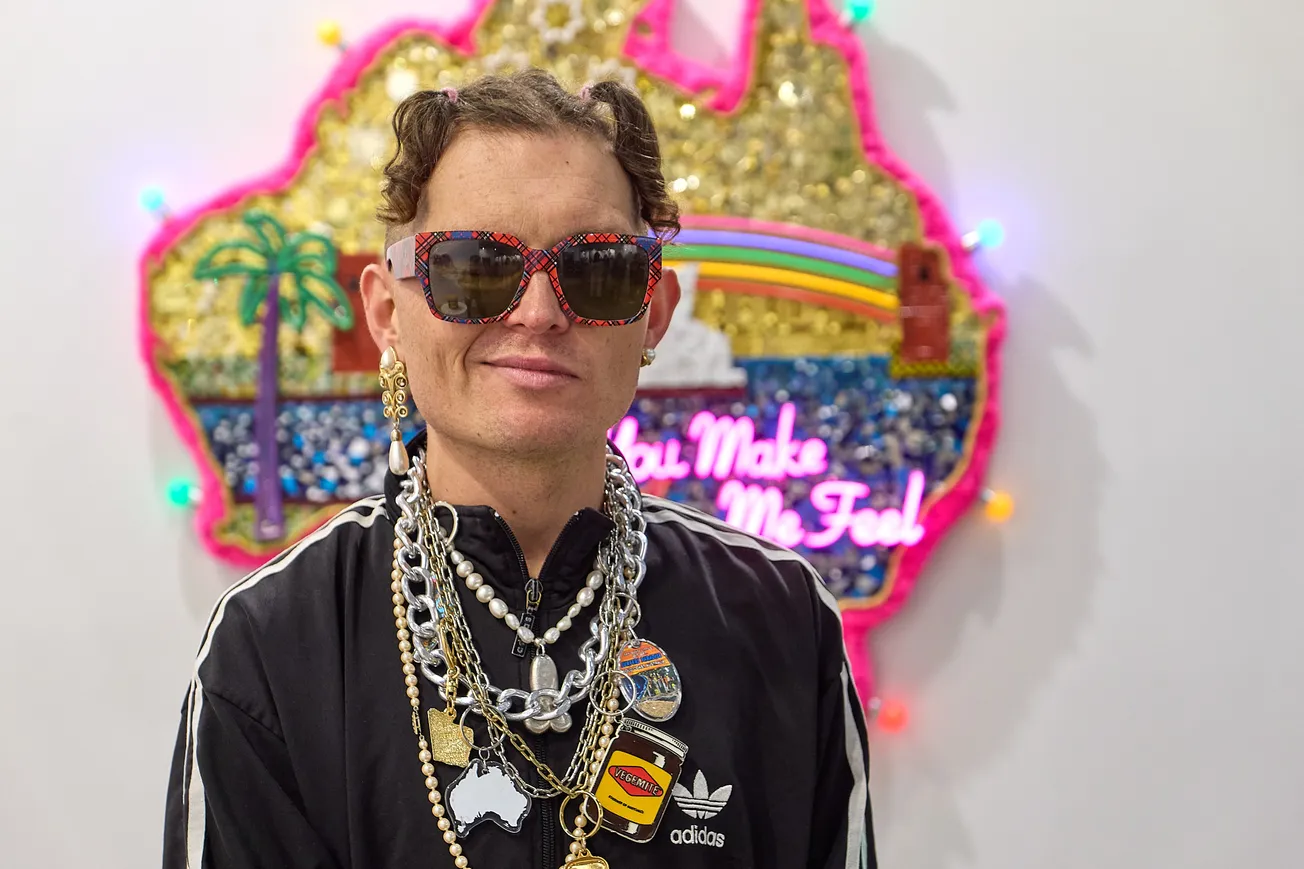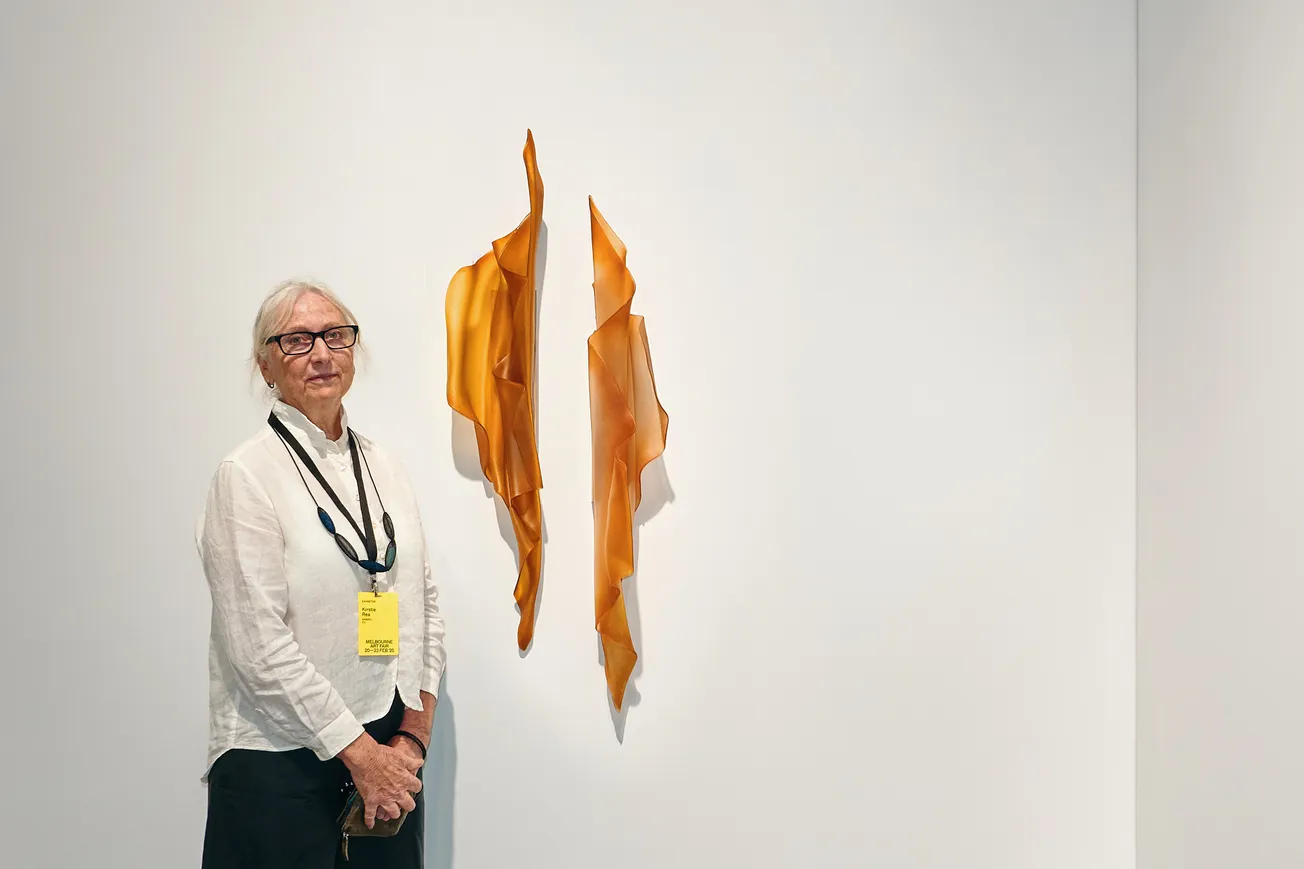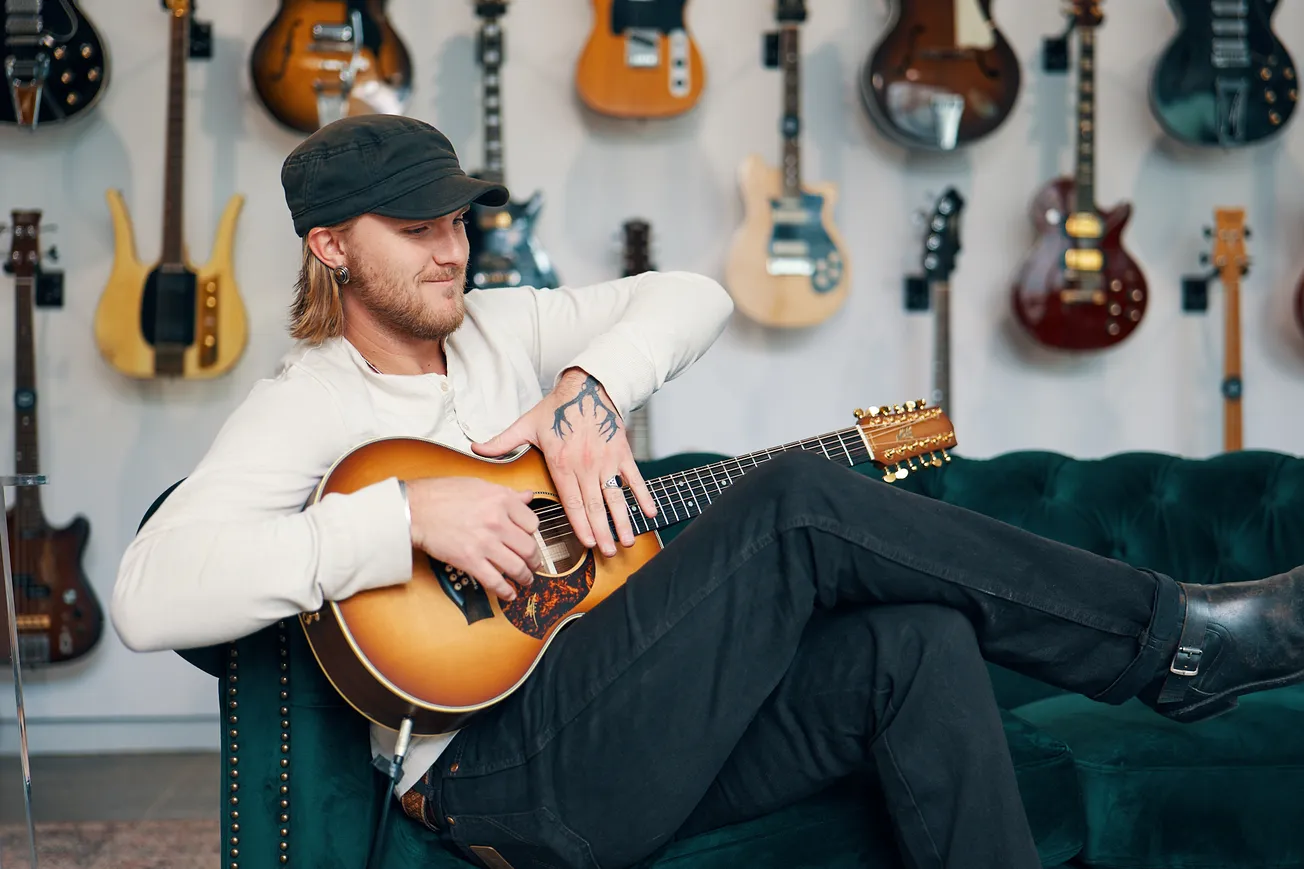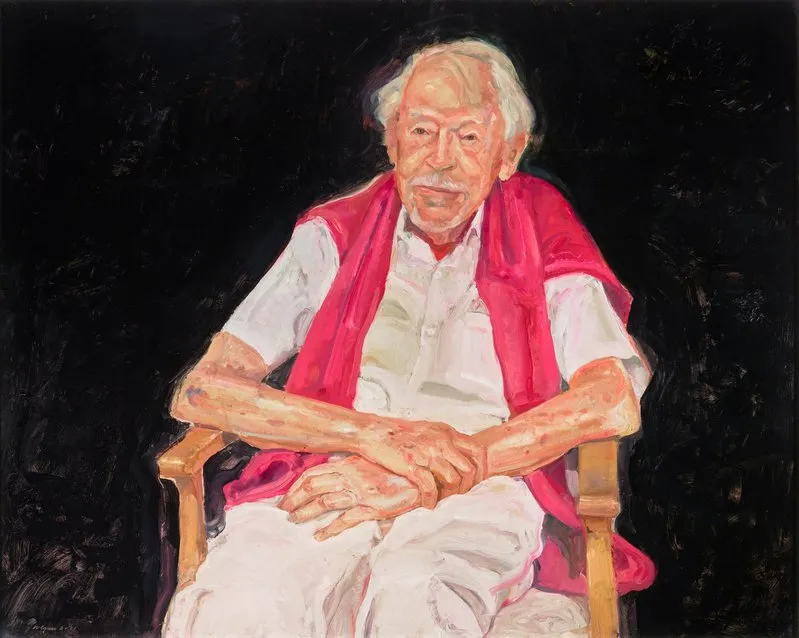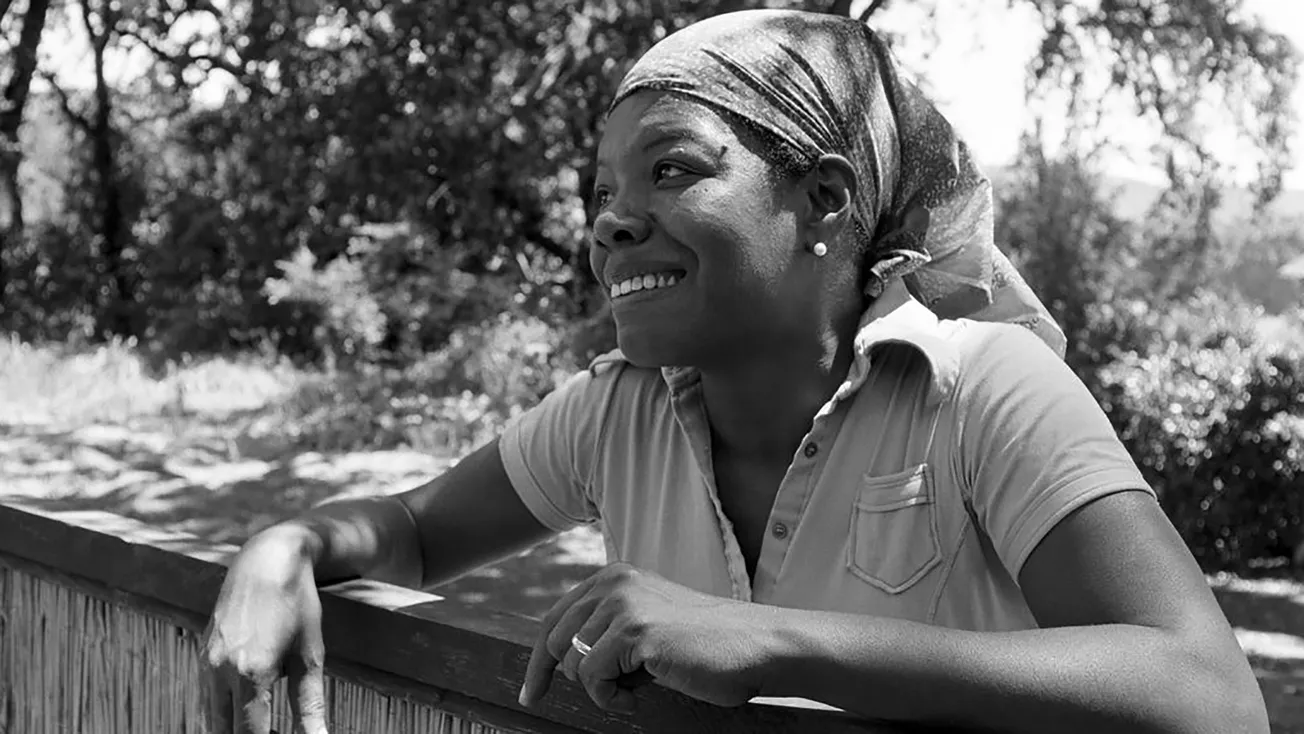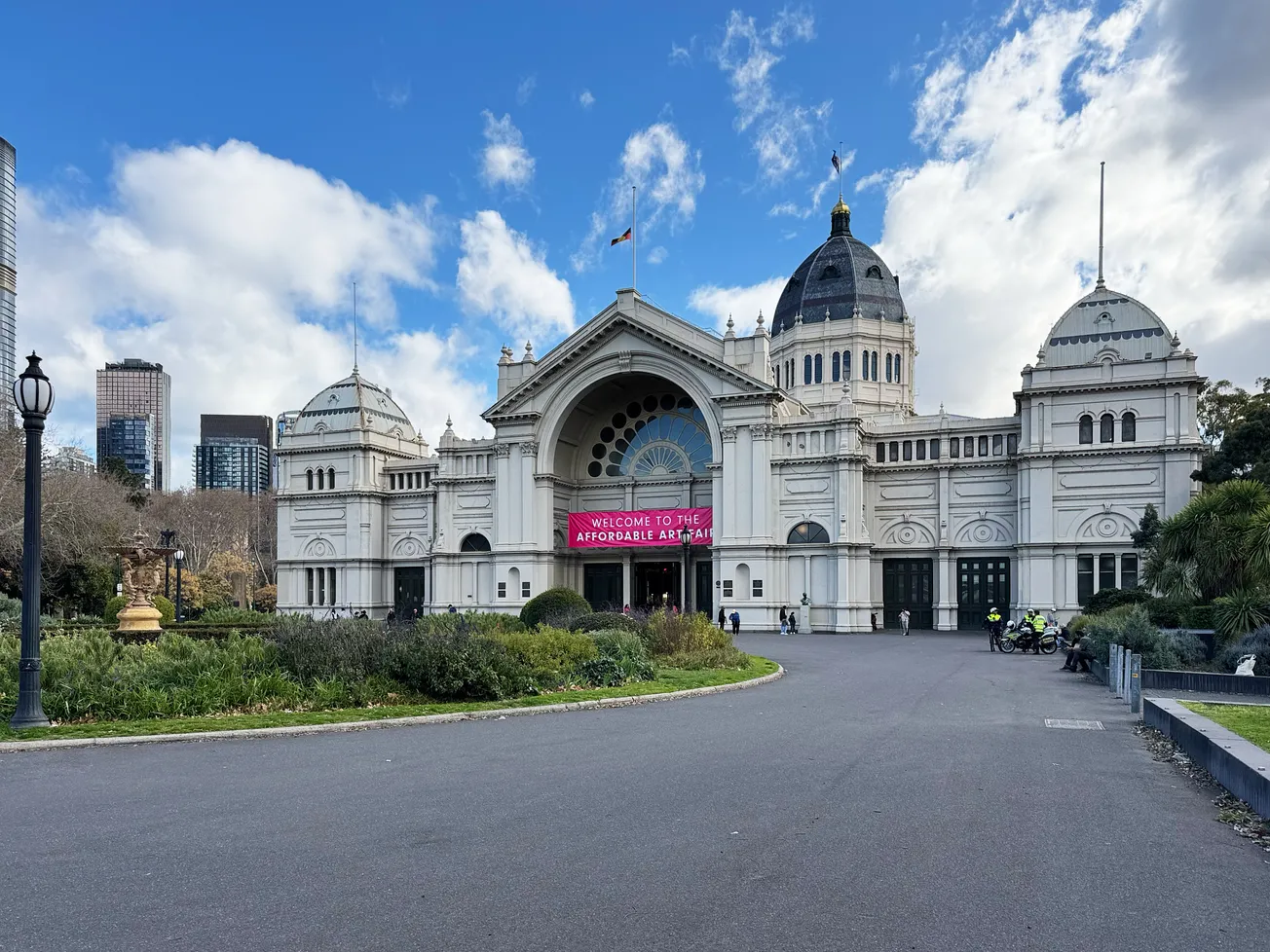Table of Contents
The air in Christopher Hopewell's Melbourne studio is heavy with Melbourne's summer humidity. Sunlight streams through the large windows, illuminating works that seem to pulsate with life. Hopewell, with his easygoing demeanor and thoughtful gaze, welcomes me and we walk up endless (well many) narrow stairs, eager to share the intricacies of his practice.
"It all begins with the process," he emphasizes, his voice resonating with conviction. "The act of painting, the physical engagement with the materials, is as important as the final image." This philosophy, central to Hopewell's work, transforms his canvases into dynamic records of an ongoing dialogue between artist and medium.
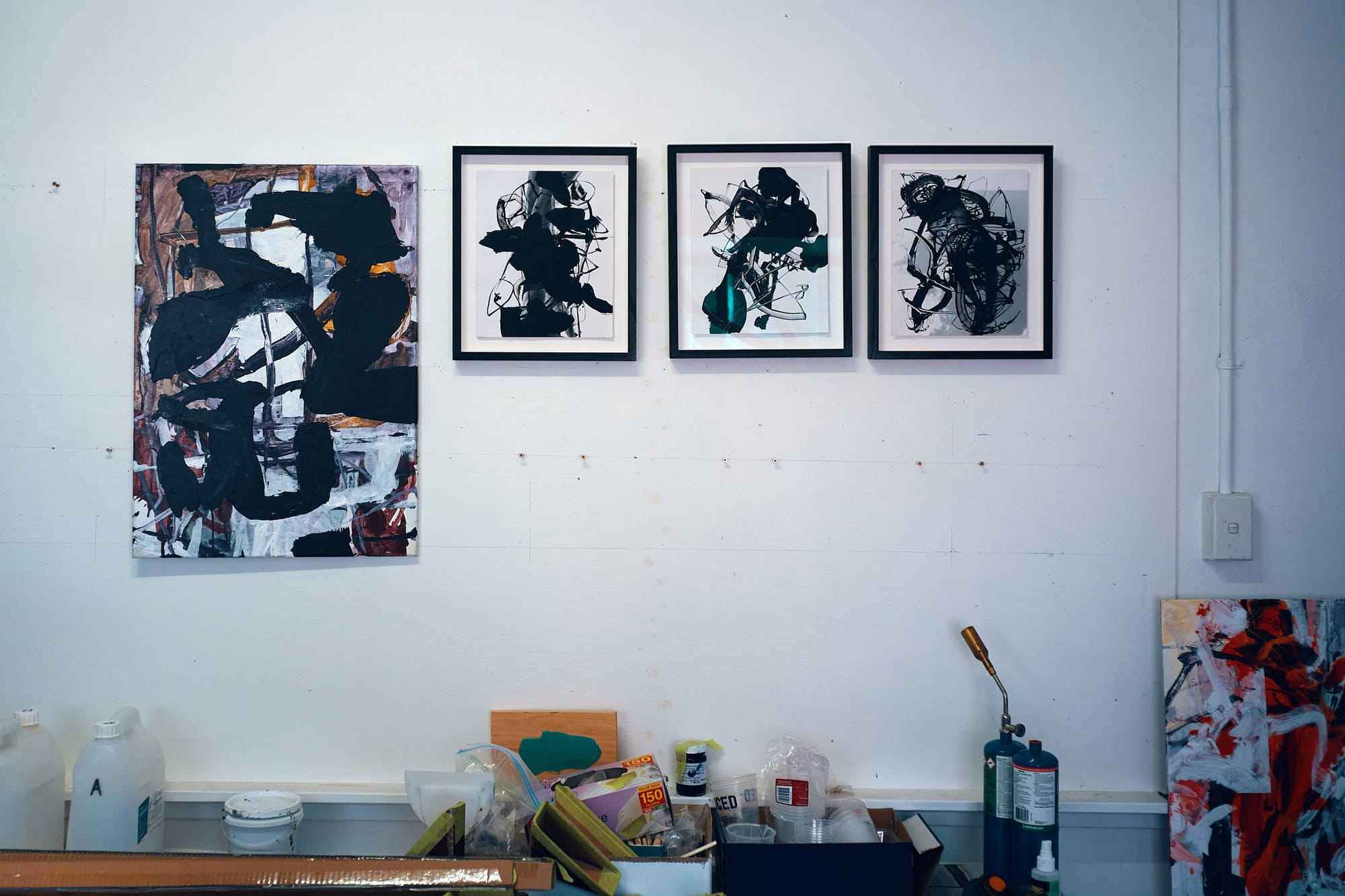
Hopewell's journey as an artist is deeply intertwined with his experiences in both Australia and the United States. Born in Northam, Western Australia, he nurtured his artistic inclinations at Curtin University of Technology, where he obtained a Bachelor of Arts in Fine Art. However, it was his move to New York City in 1987 that proved to be a pivotal moment in his development .
"New York was a sensory overload," he recalls, a hint of nostalgia in his voice. "The city's raw energy, the layered textures of its urban landscape, the vibrant graffiti art – it all left an indelible mark on my artistic sensibilities." He spent two decades immersed in the city's thriving art scene, living and working in the East Village and Williamsburg, Brooklyn.
This urban immersion is evident in Hopewell's distinctive layering technique. He begins by establishing arbitrary environments on the canvas, often using random drawings and photo collages to create a sense of spatial perspective. This initial foundation serves as a springboard for spontaneous marks and gestures, allowing the composition to evolve organically.
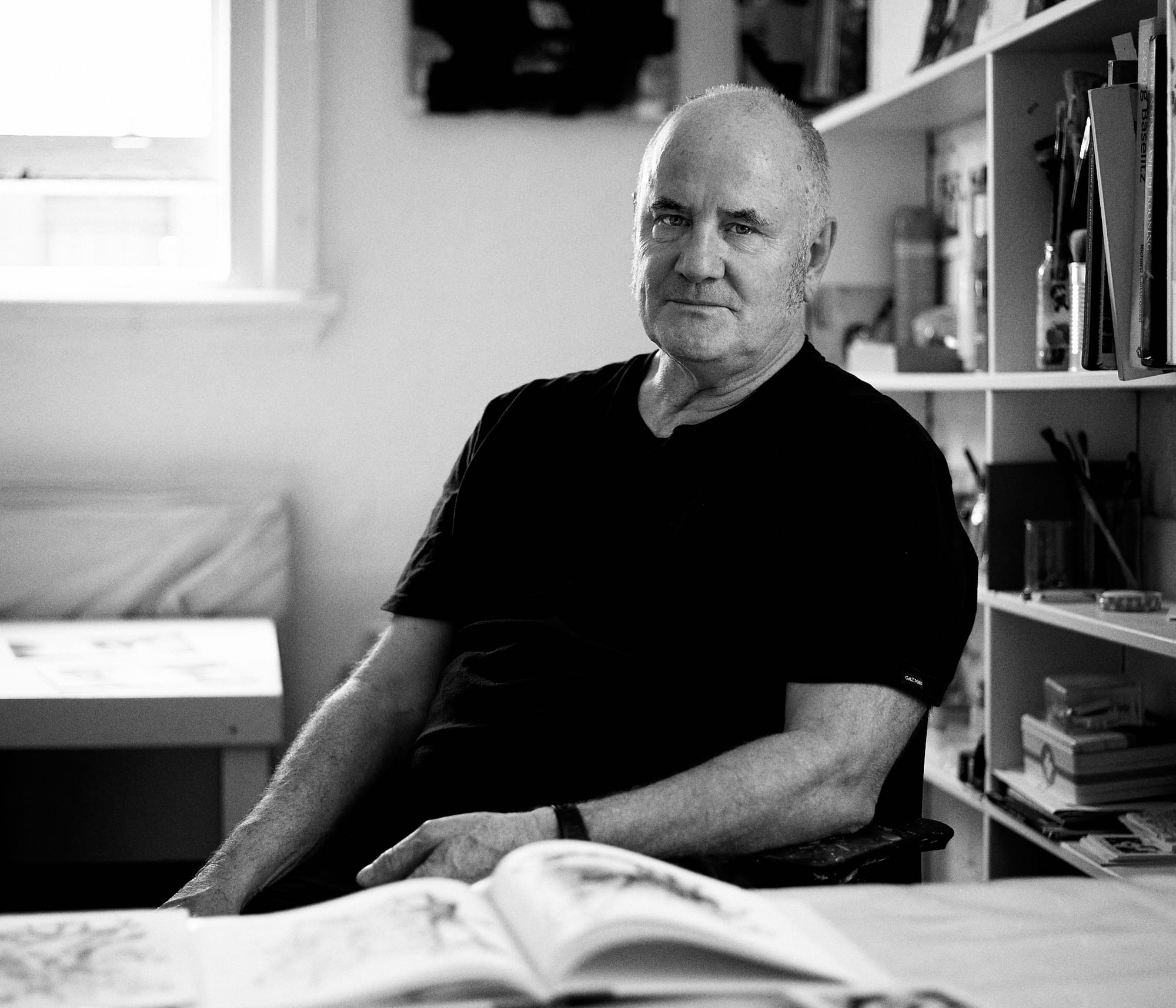
"I don't try to control the process too much," he explains. "I let the painting guide me, allowing for unexpected interactions and discoveries." He employs a variety of media, including acrylic and resin, to build up layers of texture and color, creating a rich tapestry of visual information.
As layers accumulate, traces of previous iterations peek through, creating a palimpsest that speaks to the passage of time and the accumulation of experiences. This layering technique becomes a metaphor for the cyclical nature of life, with phases of emergence, dissolution, and rebirth playing out on the canvas.
Amidst this abstraction, recurring anthropomorphic forms emerge, weaving threads of familiarity within chaotic landscapes. These forms, often fragmented or suggestive, represent the human presence within the vastness of existence, confronting the mysteries of life and death.
"These recurring motifs offer a sense of solace," Hopewell reflects. "They connect me to the spiritual realm, to the enduring questions that have haunted humanity since the dawn of time." He sees these forms as echoing the symbolic repetition found in early cultures, a way of navigating life's enigmas and finding meaning in the face of the unknown.
Hopewell's artistic practice extends beyond the realm of painting. He has also worked as an art director in the film industry, contributing to music videos, commercials, and independent films. This experience has undoubtedly enriched his approach to painting, giving him a unique understanding of visual storytelling and dynamic composition.
"Film has taught me the importance of movement and energy in visual narratives," he says. "It's about capturing a moment in time, conveying a sense of flow and rhythm." This cinematic influence is palpable in his paintings, which often evoke a sense of dynamism and unfolding action.
Hopewell's work has been exhibited in galleries across Australia and is held in numerous prestigious collections, including the Art Gallery of Western Australia, Bankwest, and the Kerry Stokes Collection. His paintings, with their layered textures, chaotic landscapes, and recurring anthropomorphic forms, continue to captivate audiences and solidify his position as a significant figure in the Australian art scene.
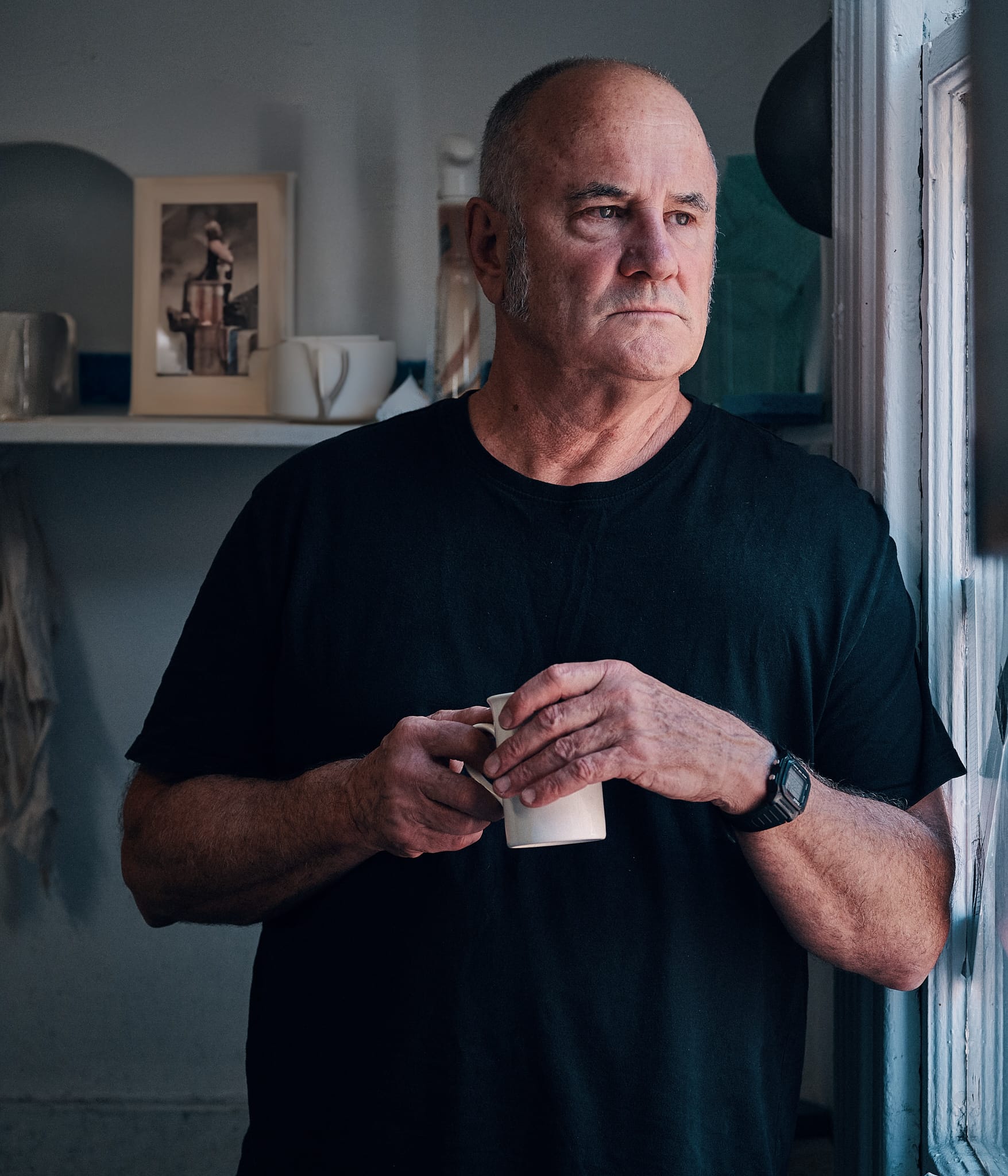
As I leave his studio, I carry with me a deeper appreciation for the transformative power of art and the intricate processes that give birth to Hopewell's captivating canvases. His work serves as a reminder that art is not merely about the final product but about the journey of creation, the exploration of materials, and the ongoing dialogue between artist and medium.

